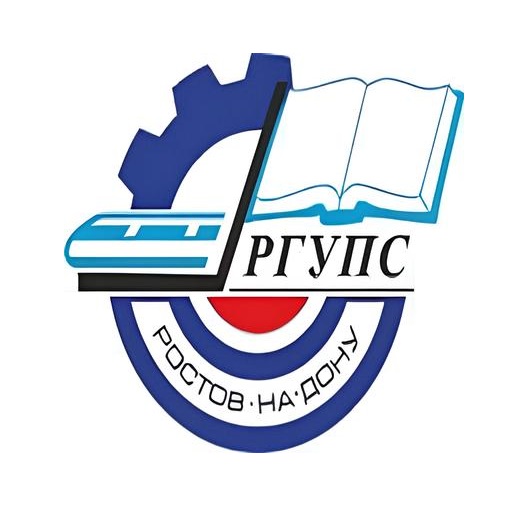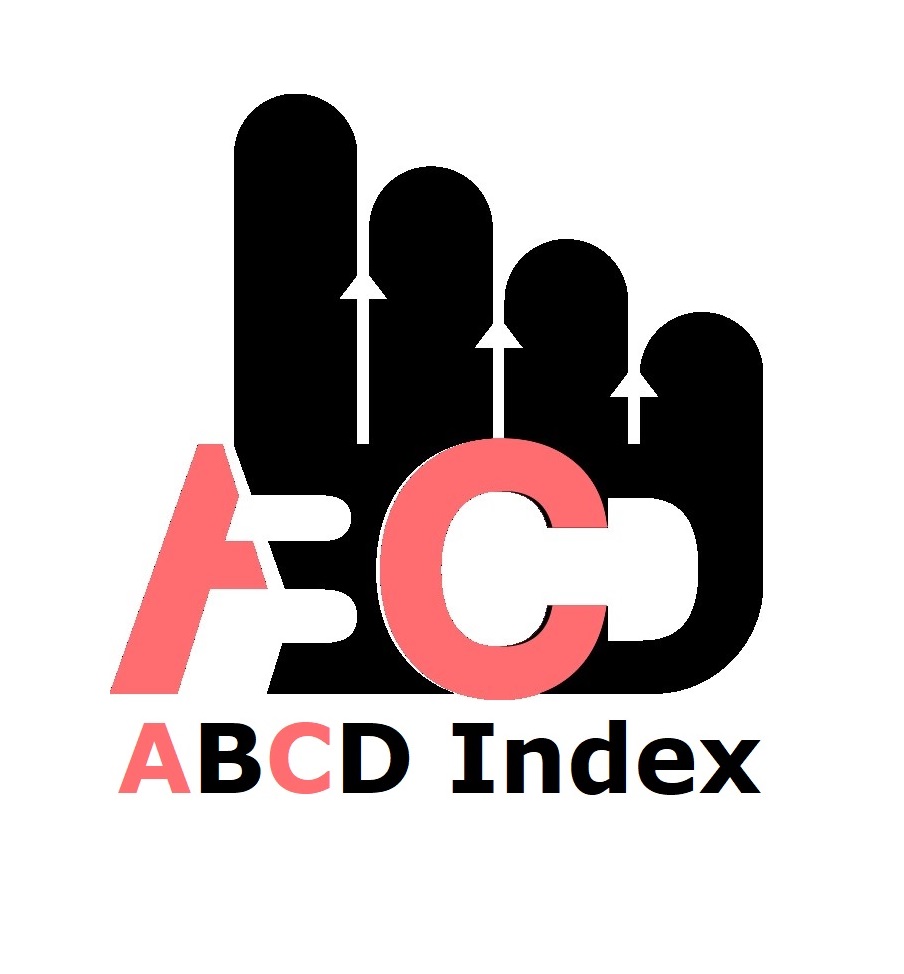The Impact of Shifting the Medium of Instruction on Academic Performance in Lower Primary Schools in Rubavu District, Rwanda
Keywords:
Academic Performance, Lower Primary Schools, Medium of Instruction, Rubavu District, RwandaAbstract
The aim of this research was to examine the academic performance results of lower primary school pupils in Rubavu District before and after the introduction of English as a medium of instruction (MOI). The study focused on school head teachers and teachers of English and Science Elementary Technology (SET) in five selected schools. The theoretical foundation of the study was the behaviorist theory of second language acquisition. The correlational research design and the mixed methods approach were applied. Data was collected through questionnaires and documentary reviews as research tools. The target population was 150 people, from which a sample of 69 participants, including school leaders and upper primary and lower primary teachers, was selected through purposive random sampling from five randomly selected schools. Excel and SPSS were used to aid in data analysis. The data was analyzed descriptively using frequencies and percentages and inferentially using the t-test. The key finding showed that learners’ performance improved, with 71% of respondents believing that learners performed better when the method of instruction was shifted to English. This was also reflected in the quantitative data of t-test results, showing that learners performed better in English and SET after the MOI was shifted to English than before when it was in Kinyarwanda. In lower primary English, scores increased from 58.36 before the shift to 62.53 after the shift, while in SET, scores increased from 28.51 before the shift to 34.64 after the shift. In upper primary, scores increased from 46.27 before the shift to 49.51 after the shift, while in SET, scores increased from 40.56 before the shift to 45.73 after the shift. Respondents said that initially, EMI learners struggled due to different challenges, but when these issues were resolved, there was an improvement in learners' performance. The researcher recommends that the government and policymakers avoid instability in the MOI and consider early transitions, as they help pupils develop their target language from a young age.
Published
How to Cite
Issue
Section
Copyright (c) 2024 Clement Mahoro, Jean de Dieu Amini Ngabonziza

This work is licensed under a Creative Commons Attribution-NonCommercial 4.0 International License.
Similar Articles
- Clement Mahoro, Albert Nshimiyimana, Emmanuel Majyambere, Vedaste Ntagwabira, Joseph Hakizimana, Moses Mitari, Techniques Used by Primary Teachers when Using English as Medium of Instruction in Rubavu District, Rwanda , African Journal of Empirical Research: Vol. 5 No. 1 (2024): Jan-Mar 2024
You may also start an advanced similarity search for this article.
Most read articles by the same author(s)
- Jean Leonard Buhigiro, Emmanuel Sibomana, Jean de Dieu Amini Ngabonziza, Delphine Mukingambeho, Philothere Ntawiha, Peace and Values Education as a Cross-Cutting Issue in Rwandan Schools: Teachers and Classroom-Based Perspective , African Journal of Empirical Research: Vol. 5 No. 1 (2024): Jan-Mar 2024
- Eric Ndayishimiye, Jean de Dieu Amini Ngabonziza, Spéciose Ndimurugero Ngirabakunzi, The Effect of Gamification on Learners’ English-Speaking Skills Performance: A Case of Five Selected High Schools in Kicukiro District, Rwanda , African Journal of Empirical Research: Vol. 5 No. 3 (2024): Jul-Sep 2024
- Emmanuel Majyambere, Jean Paul Ngoboka, Jean de Dieu Amini Ngabonziza, Causes of Academic Challenges in English Writing Skills at the 12-Year Basic Education Level in Karongi District, Rwanda , African Journal of Empirical Research: Vol. 5 No. 3 (2024): Jul-Sep 2024
- Clement Mahoro, Albert Nshimiyimana, Emmanuel Majyambere, Vedaste Ntagwabira, Joseph Hakizimana, Moses Mitari, Techniques Used by Primary Teachers when Using English as Medium of Instruction in Rubavu District, Rwanda , African Journal of Empirical Research: Vol. 5 No. 1 (2024): Jan-Mar 2024
- Dative Muhawenimana, Dr. Jean de Dieu Amini Ngabonziza, The Influence of Play Based Learning Project on Learner Performance in Science and Elementary Technology and English Language Subjects , African Journal of Empirical Research: Vol. 5 No. 2 (2024): Apr-Jun 2024
- Flavia Agirumubyara, Jean de Dieu Amini Ngabonziza, Effect of Socio-Cultural Factors on Women’s Participation in Leadership of Higher Education in Rwanda: A Case of Rwanda Polytechnics , African Journal of Empirical Research: Vol. 5 No. 1 (2024): Jan-Mar 2024
- Innocent Nsengimana, Assoc. Prof. Epimaque Niyibizi, Dr. Jean de Dieu Amini Ngabonziza, The Impact of Language Transfers on Learners Writing Skills in English Learning Among Students in Mahama Refugee Camp, Rwanda , African Journal of Empirical Research: Vol. 5 No. 3 (2024): Jul-Sep 2024
- Vedaste Ntagwabira, Jean De Dieu Amini Ngabonziza, Patrick Ujwiga Anguru, Factors Influencing Electronic Textbooks’ Reading Skills among Students in Secondary Schools of Muhanga District, Rwanda , African Journal of Empirical Research: Vol. 5 No. 4 (2024): Oct-Dec 2024
- Vedaste Ntagwabira, Moses Mitari, Albert Nshimiyimana, Emmanuel Majyambere, Joseph Hakizimana, Clement Mahoro, The Impact of English Printed Books on Improving Students’ English Reading Skills in Twelve Years of Basic Education in Remote Areas: A Case Study of Muhanga District, Rwanda , African Journal of Empirical Research: Vol. 5 No. 2 (2024): Apr-Jun 2024
- Fidèle Habiyeze, Jean de Dieu Amini Ngabonziza, Correlation between Headteacher’s Supervision and Academic Achievement in English and Sciences Subject: A Case Study of Ruhango District Secondary Schools, Rwanda , African Journal of Empirical Research: Vol. 5 No. 2 (2024): Apr-Jun 2024























